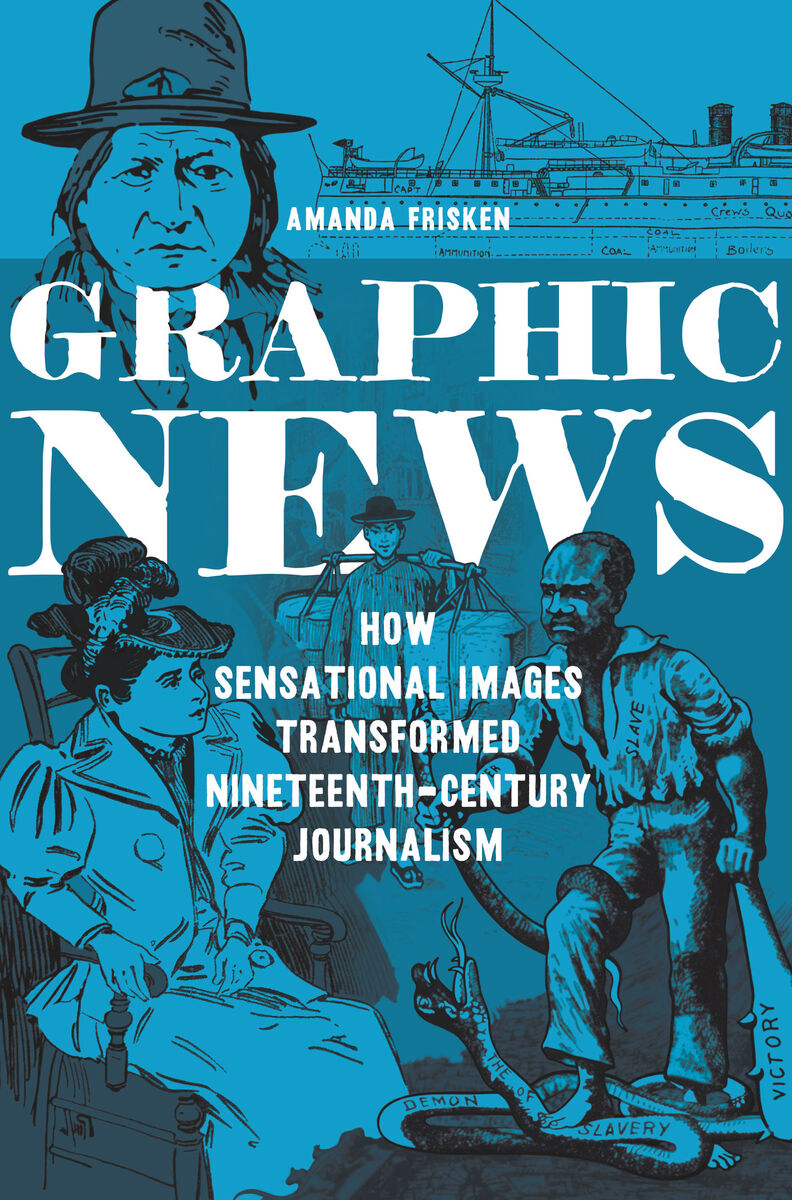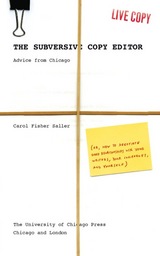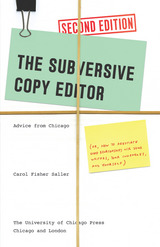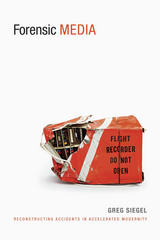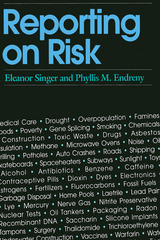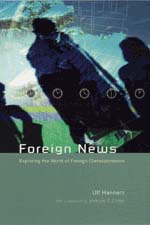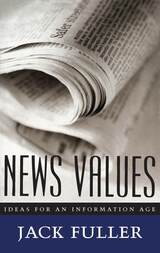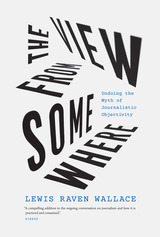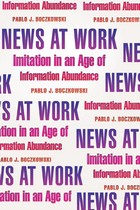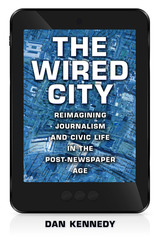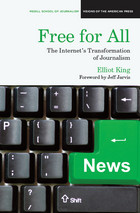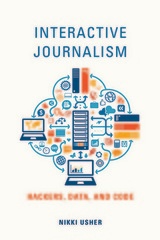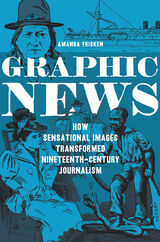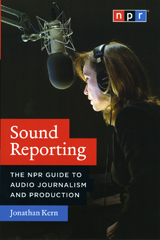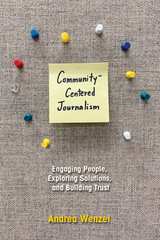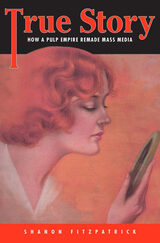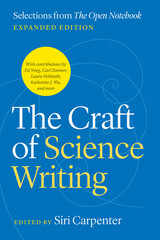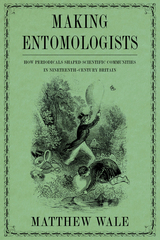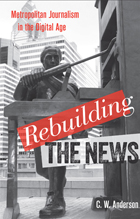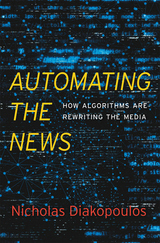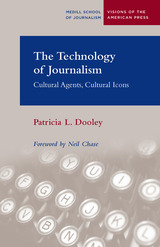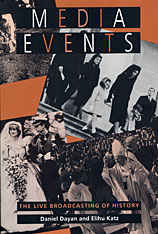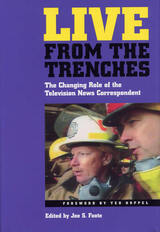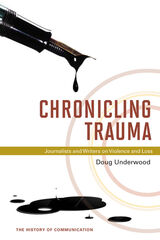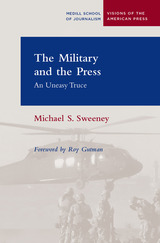Graphic News: How Sensational Images Transformed Nineteenth-Century Journalism
University of Illinois Press, 2020
Cloth: 978-0-252-04298-0 | Paper: 978-0-252-08483-6 | eISBN: 978-0-252-05183-8
Library of Congress Classification PN4784.P5.F75 2020
Dewey Decimal Classification 070.4909034
Cloth: 978-0-252-04298-0 | Paper: 978-0-252-08483-6 | eISBN: 978-0-252-05183-8
Library of Congress Classification PN4784.P5.F75 2020
Dewey Decimal Classification 070.4909034
ABOUT THIS BOOK | AUTHOR BIOGRAPHY | REVIEWS | TOC
ABOUT THIS BOOK
”You furnish the pictures and I’ll furnish the war.” This famous but apocryphal quote, long attributed to newspaper magnate William Randolph Hearst, encapsulates fears of the lengths to which news companies would go to exploit visual journalism in the late nineteenth century. From 1870 to 1900, newspapers disrupted conventional reporting methods with sensationalized line drawings. A fierce hunger for profits motivated the shift to emotion-driven, visual content. But the new approach, while popular, often targeted, and further marginalized, vulnerable groups. Amanda Frisken examines the ways sensational images of pivotal cultural events—obscenity litigation, anti-Chinese bloodshed, the Ghost Dance, lynching, and domestic violence—changed the public's consumption of the news. Using intersectional analysis, Frisken explores how these newfound visualizations of events during episodes of social and political controversy enabled newspapers and social activists alike to communicate—or challenge—prevailing understandings of racial, class, and gender identities and cultural power.
See other books on: Communication Studies | Frisken, Amanda | Journalism | Journalism, Pictorial | Sensationalism in journalism
See other titles from University of Illinois Press
